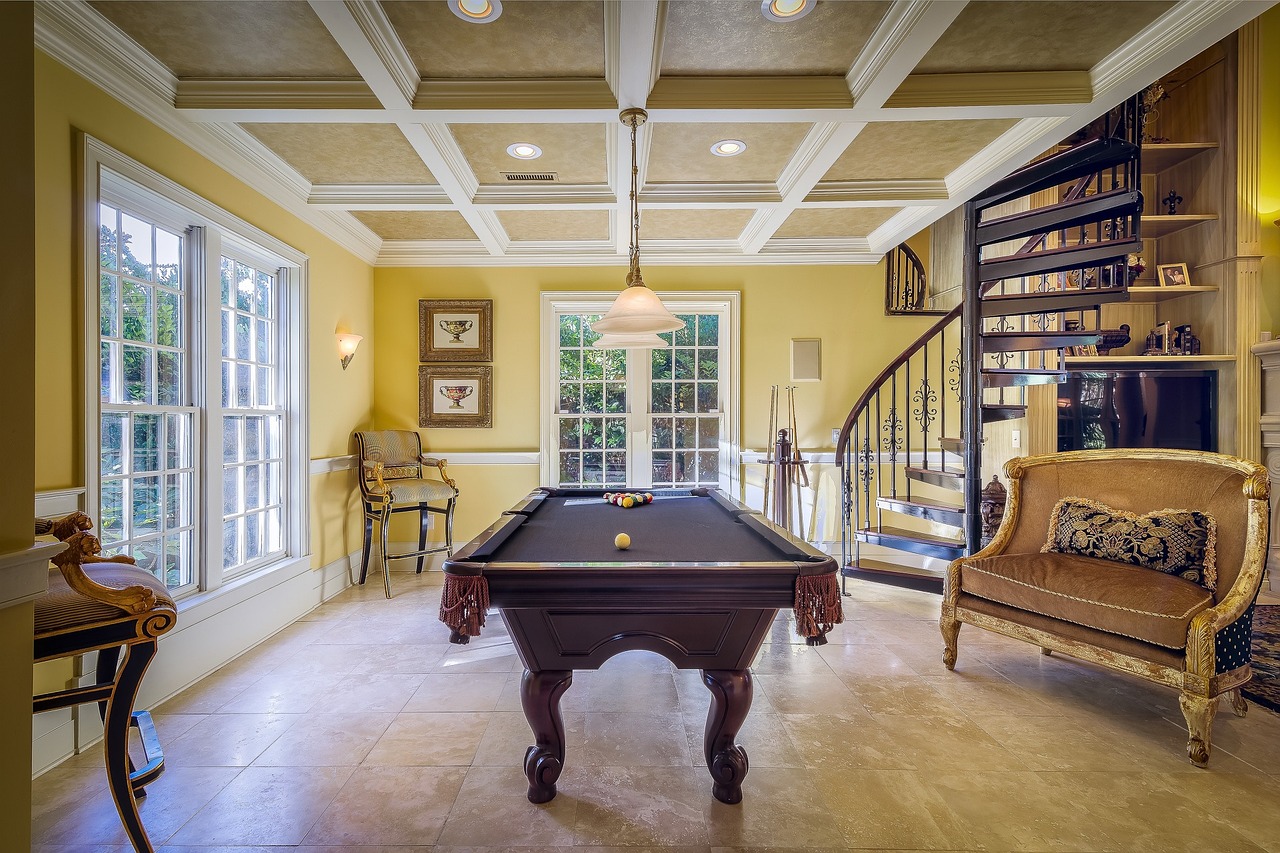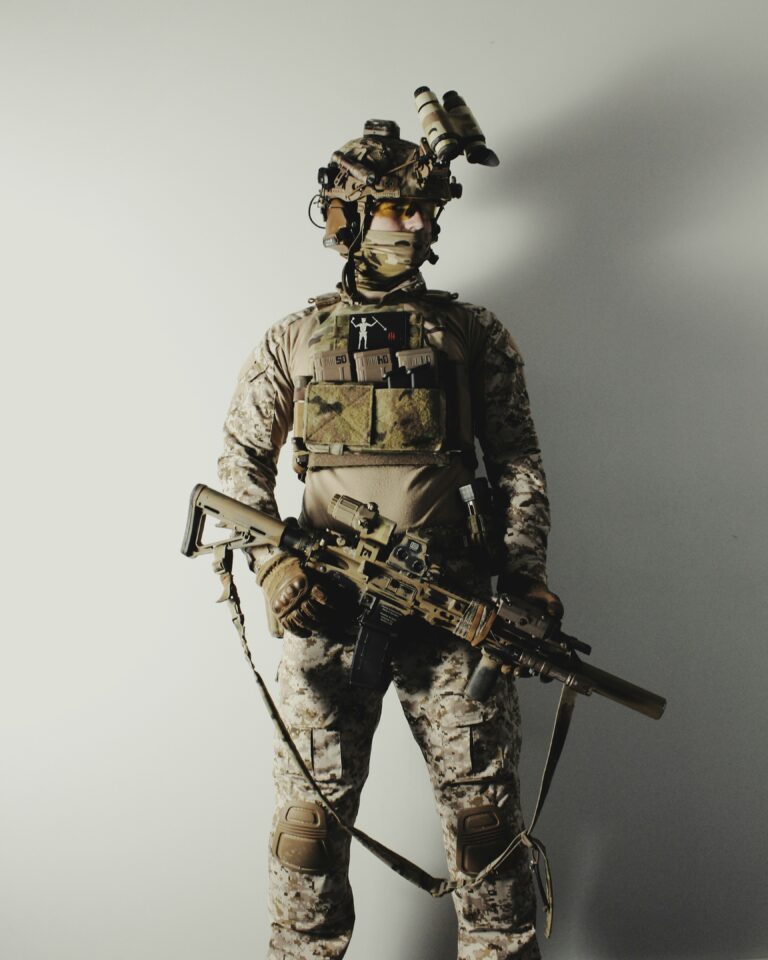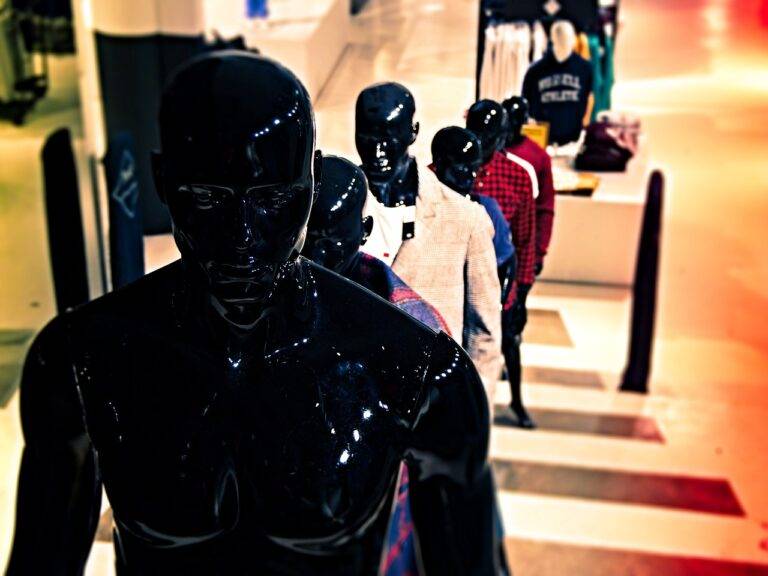The Psychology of Color: How it Influences Our Mood
Color plays a significant role in psychology, influencing our emotions, moods, and behaviors in various ways. Different colors have been found to evoke specific feelings and reactions in individuals, affecting their cognitive processes as well. This phenomenon is deeply rooted in our psychological makeup, with color psychology being a widely studied and recognized field.
The psychological impact of color is evident in everyday experiences, from the vibrant hues of advertising campaigns designed to grab attention to the calming pastels used in healthcare settings to promote relaxation and healing. Our responses to colors are often subconscious but can have a profound influence on our perceptions and well-being. Understanding the intricate relationship between color and psychology can provide valuable insights into human behavior and how we interact with our surroundings.
The Impact of Warm Colors on Emotions
Warm colors such as red, orange, and yellow are known to evoke feelings of energy, passion, and warmth in individuals. These colors have the ability to stimulate and excite the mind, leading to increased heart rates and heightened emotions. In psychology, warm colors are often associated with feelings of happiness, excitement, and enthusiasm, making them ideal choices for spaces where an energetic and vibrant atmosphere is desired.
On the other hand, the use of warm colors in interior design has been shown to increase appetite and create a sense of coziness and intimacy in dining areas. This is why many restaurants incorporate warm colors like red and orange in their decor to enhance the dining experience and encourage customers to stay longer. In summary, the impact of warm colors on emotions is undeniable, as they have a direct influence on our mood, behavior, and overall well-being.
Cool Colors and Their Soothing Effects
When it comes to creating a calming and relaxed atmosphere, cool colors play a significant role in influencing our emotions and mental state. Shades of blue, green, and purple are often associated with tranquility, peace, and serenity. These hues have the ability to evoke feelings of calmness and help reduce stress and anxiety in individuals.
The cool tones of these colors are known to slow down the heart rate and promote a sense of mindfulness and relaxation. By surrounding ourselves with these soothing shades, we can create a harmonious environment that promotes mental clarity and emotional well-being. Incorporating cool colors into our living spaces can help us unwind, recharge, and find inner peace amidst the chaos of everyday life.
Why does color matter in psychology?
Colors can have a significant impact on our emotions, behaviors, and moods. They can influence our perceptions, reactions, and even physical sensations.
How do warm colors affect emotions?
Warm colors like red, orange, and yellow are known to evoke feelings of warmth, energy, and excitement. They can stimulate the senses and create a sense of intimacy.
What soothing effects do cool colors have?
Cool colors like blue, green, and purple are often associated with calmness, relaxation, and tranquility. They can help reduce stress, lower blood pressure, and promote a sense of well-being.
Can cool colors be used to create a peaceful environment?
Yes, cool colors are often used in interior design to create a tranquil and soothing atmosphere. They can be especially beneficial in spaces where relaxation and stress relief are desired, such as bedrooms and meditation rooms.







